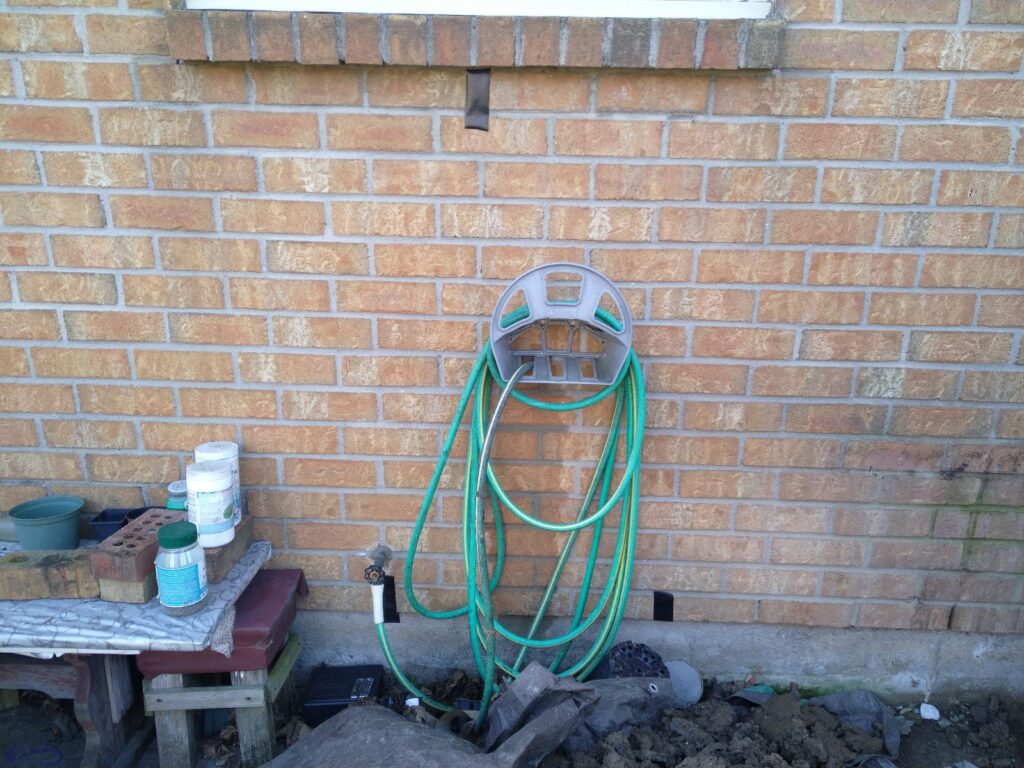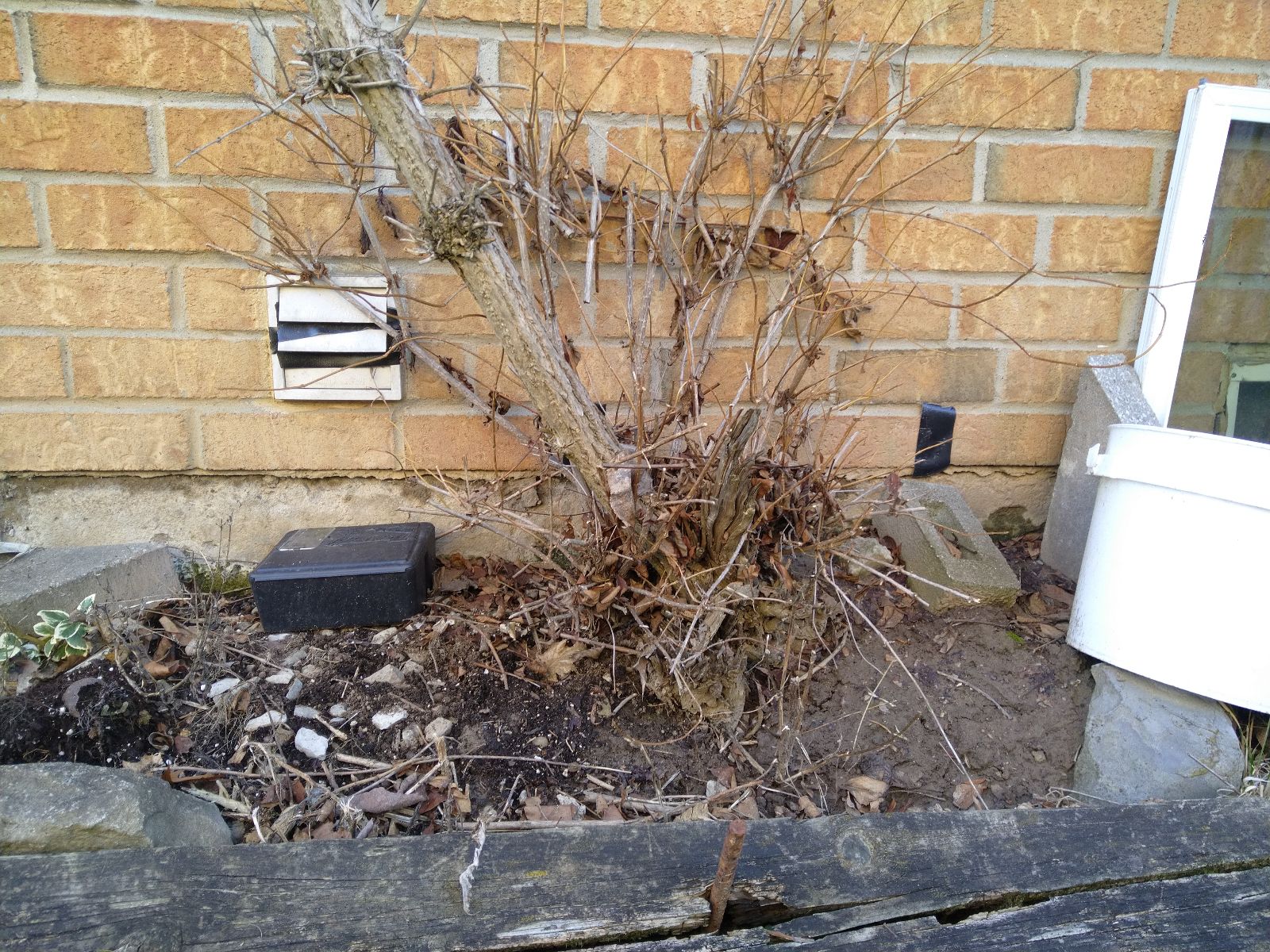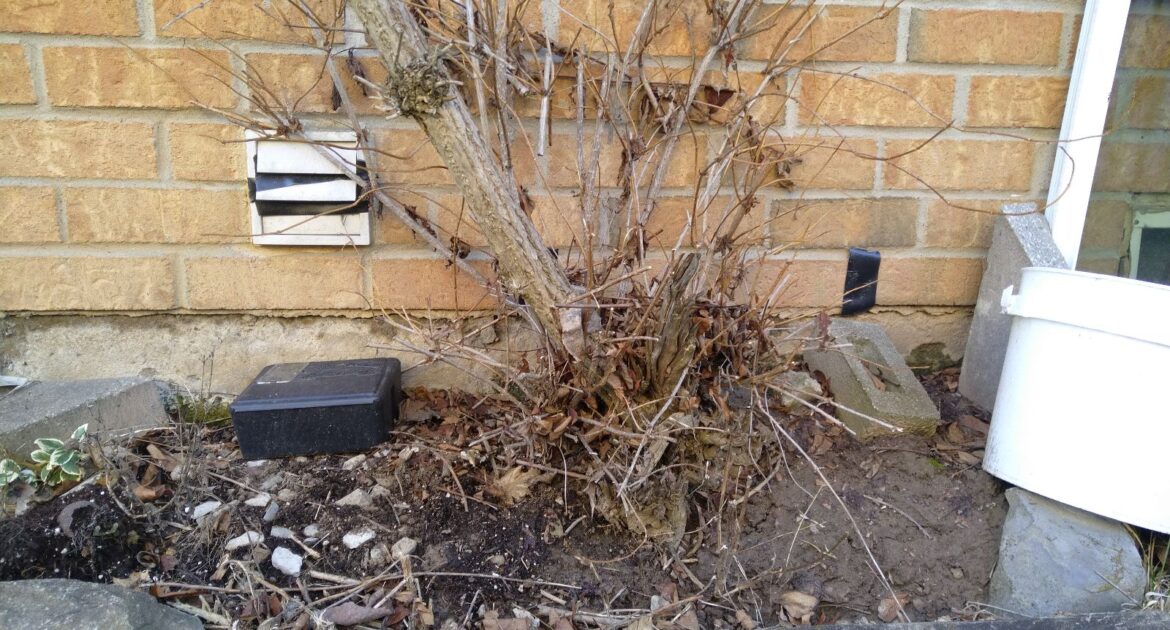When it comes to protecting your home from unwanted animals, the do-it-yourself approach can often fail to provide the coverage you need. This was evident when we, the seasoned technicians at Skedaddle, visited a home where duct tape was being used as a deterrent for mice intrusion.
Being experts in wildlife removal in Hamilton, we found this amateur attempt at rodent exclusion both interesting and a clear symbol of the challenges homeowners face when dealing with persistent animals.
Hamilton, like many urban environments, presents a unique range of opportunities for mice to gain access to homes. The bustling streets of the downtown core, as well as the residential mountain area, both have their unique challenges. This post aims to highlight why techniques like duct tape fail to deliver the desired results, and how we, at Skedaddle, can provide a more efficient, lasting solution.
The Perils of Duct Tape: A Cautionary Tale from Hamilton
Imagine this scenario: A quaint home became the unwanted residence of a family of mice. Desperate to reclaim their home, the homeowners embarked on a DIY mice exclusion mission, using nothing but duct tape to seal weep vents. Surely, the popular adage ‘duct tape fixes everything’ would prove true in this case?
Soon enough, our professional from Skedaddle Humane Wildlife Control, Keith Packer, was summoned to the scene. Upon arriving, Keith immediately recognized the misstep in their DIY endeavour. As useful as duct tape may be for some quick-fix scenarios, the task of exclusion was far from its league.
With his years of expertise, Keith could instantly spot what the homeowners couldn’t. While their effort was commendable, it was ultimately futile in the grand game of rodent exclusion in a city buzzing with wildlife. Keith spent some time explaining to the homeowners the drawbacks of their DIY removal attempt.

Common Do-It-Yourself Methods Failures
Human intuition can at times come up short, especially in delicate situations such as rodent exclusion. Hamilton’s homeowners, similar to those across the globe, often resort to self-help solutions in an attempt to save money and time. However, Keith explained to the homeowners that their efforts, while admirable, were rather misdirected. Here are a few similar DIY measures that typically do not offer a permanent solution:
- Foam filler: One of the most common home remedies is using foam filler to plug entry points. But like duct tape, foam is not a reliable deterrent. House mice, known for their sharp teeth and relentless chewing, can easily create new entry points.
- Steel wool: Although a highly recommended solution, the reality is different. The material corrodes, leaving the entry points open and exposing your home to an even greater infestation.
- Essential oils and spices: Many believe that mice detest the smell of certain essential oils and spices. But this solution fails to consider that food source and survival instinct will often overpower any deterrents.
- Poison and traps: Poisons and various traps seem like promising solutions. Unfortunately, they come with tangible risks. Not only could you inadvertently harm yourself or your pets, but deceased animals may cause hygiene problems if they die and decay inside your home.
Many homeowners have been battling with their mouse problem from its onset without significant results, such as the case with the homeowners in the duct tape scenario. These attempts, as evinced, fail due to the unique circumstances surrounding each home and the fact that these animals are highly adaptable.
Why DIY Exclusion Doesn’t Work
At first glance, do-it-yourself wildlife control methods might seem practical, cost-effective, and efficient. After all, isn’t a roll of duct tape an easy solution to cover and seal off any tiny nooks and crannies around your home? Unfortunately, as the story shared shows, these common DIY methods are not as effective as you’d hope when it comes to how to get rid of mice once and for all.
Let’s give this some perspective. Mice, being the resilient animals they are, can chew through a wide spectrum of materials, including your seemingly trusty duct tape. Their sharp, constantly growing incisors can make short work of these barriers, rendering your DIY exclusion method essentially useless.
Besides, covering an entry point or two doesn’t mean you’ve sealed off all potential access areas. Mice are nimble animals that can exploit the tiniest of openings – some as small as a dime. Simply put, if there’s a way in, these persistent animals are likely to find it.
Furthermore, suppose your DIY method, against all odds, does succeed in trapping mice within your home. In that case, you may soon find yourself dealing with a different set of concerning issues. Trapped rodents, for instance, just might succumb to the sudden lack of resources, dying within the confines of your property. This not only leads to a mess but poses significant health hazards as decomposition can lead to unpleasant odours, an infestation of other animals, and the spread of airborne pathogens.
After appreciating these insights, it becomes clear why DIY intervention cannot fully protect your home against an invasion.
Choosing Skedaddle: Your Home’s Best Defense Against Rodents
When it comes to your home and the battle against unwelcome rodents, Skedaddle Humane Wildlife Control emerges as the unrivalled champion. Choosing us ushers in several benefits, transforming it into the steadfast fortress that we know your home should be. Here’s why:
- Expert Knowledge and Approach: Unlike DIY efforts, our expert team, like Keith Packer, knows that duct tape and similar fixes don’t deter mice. These animals can chew through various materials, rendering common DIY solutions ineffective.
- Comprehensive Coverage: An advantage of our team is our meticulous attention to all possible entry points. Sealing some entry points may not suffice if others remain untreated; they are adept at finding alternate routes inside your living space. Our team scrutinizes every potential ingress spot, ensuring total exclusion.
- Preventive Measures: A poorly performed DIY exclusion may trap mice inside, leading to their death within your home. This poses not just a grim clean-up task but also potential health hazards. Our process guarantees no animal is left trapped, mitigating these risks.
By choosing us, you’re banking on a proven method that provides lasting results. We work towards a permanent resolution that invariably saves you potential damage expenses in the future. Our experience with rodent issues, especially in diverse residential styles across Hamilton’s downtown core and mountains, has equipped us to handle any situation.
Don’t just tackle the symptoms; let’s eradicate the problem! Choose us for your peace of mind, a rodent-free home, and the chance to steer clear of future, potentially costly, damages. Remember, your home deserves the best defence against mice, and we are here to provide exactly that.
Trust Our Team For Professional Results
This story reveals that DIY exclusion methods may feel like an immediate solution, but in reality, they tend to worsen the situation and cause ongoing damage. In this light, it’s important to identify the signs of a mouse infestation earlier rather than later and get seasoned professionals involved to nip the problem in the bud.
Familiarize yourself with these indications, which are sure-fire signals that it’s time to call in Skedaddle:
- Unusual sounds, especially at night
- Mysterious gnaw marks on furniture or wiring
- Mouse droppings, particularly in cabinets and hidden corners
- Distinctive ammonia-like smell or a ‘stale’ smell
- Nests made from torn materials in secluded corners.
Don’t let a minor infestation manifest into a complete nightmare that can damage your home and impact your family’s health. Remember, when you spot signs that mice have invaded your home, it’s more than a DIY project—it’s a cry for professional help. Trust Skedaddle’s expertise to deliver safe, effective, and long-term solutions to keep your home free of wildlife. Your peace of mind matters to us. Take action today.




